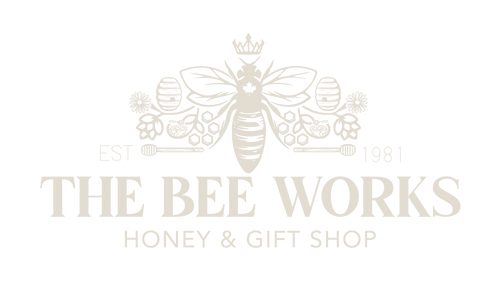Exploring Nature's Sweetness: Honey vs. Maple Syrup
When it comes to natural sweeteners, few can rival the delicious flavours and versatility of honey and maple syrup. These two golden elixirs are beloved around the world for their rich taste, but they each have their distinct characteristics that set them apart. In this post, we'll delve into the differences between honey and maple syrup, exploring their origins, flavors, nutritional profiles, and culinary uses.
Origins:
Honey is produced by bees from the nectar of flowers, making it a product of the natural world. Bees collect nectar from flowers and transform it into honey through regurgitation and evaporation. Maple syrup, on the other hand, is made from the sap of maple trees. The sap is collected from the trees during the early spring months and then boiled down to remove excess water, resulting in the sweet, viscous syrup we know and love.
Flavors:
One of the most noticeable differences between honey and maple syrup is their flavor profiles. Honey can vary widely in taste depending on the types of flowers from which the nectar was collected. Some types of honey have floral notes, while others are more robust and earthy. Maple syrup, on the other hand, has a distinctively rich and caramel-like flavor with hints of woodiness and smokiness.
Nutritional Profiles:
Both honey and maple syrup are natural sweeteners, but they differ slightly in their nutritional content. Honey is slightly higher in calories and carbohydrates than maple syrup, but it also contains trace amounts of vitamins and minerals such as vitamin C, calcium, and iron. Maple syrup is lower in calories and carbohydrates but contains higher levels of manganese, zinc, and antioxidants.
Culinary Uses:
Honey and maple syrup are both prized for their versatility in the kitchen. Honey is commonly used as a sweetener in beverages, baked goods, marinades, dressings, and sauces. Its thick consistency and unique flavors make it a popular ingredient in a wide range of recipes. Maple syrup is often used as a topping for pancakes, waffles, and French toast, but it can also be used in baking, cooking, and cocktail making. Its distinctive flavor adds depth and complexity to both sweet and savory dishes.
In conclusion, while honey and maple syrup are both natural sweeteners derived from the bounty of nature, they each have their own unique qualities that make them special. Whether you prefer the floral sweetness of honey or the rich complexity of maple syrup, both are delicious additions to any pantry and offer endless opportunities for culinary creativity. So why not try both and savor the best of both worlds?
Determining whether honey or maple syrup is "better" depends largely on personal preference, as well as the specific culinary application and desired flavor profile. Both honey and maple syrup offer their own unique qualities and can be enjoyed in a variety of ways. Here are some factors to consider:
Ultimately, the choice between honey and maple syrup comes down to personal preference and the specific flavor profile and application you're looking for. Some people may prefer the floral sweetness of honey, while others may prefer the rich complexity of maple syrup. Both are delicious natural sweeteners that can add depth and flavour to a wide range of dishes.
